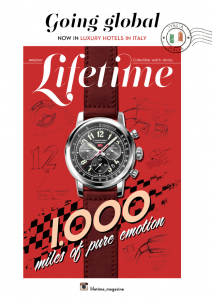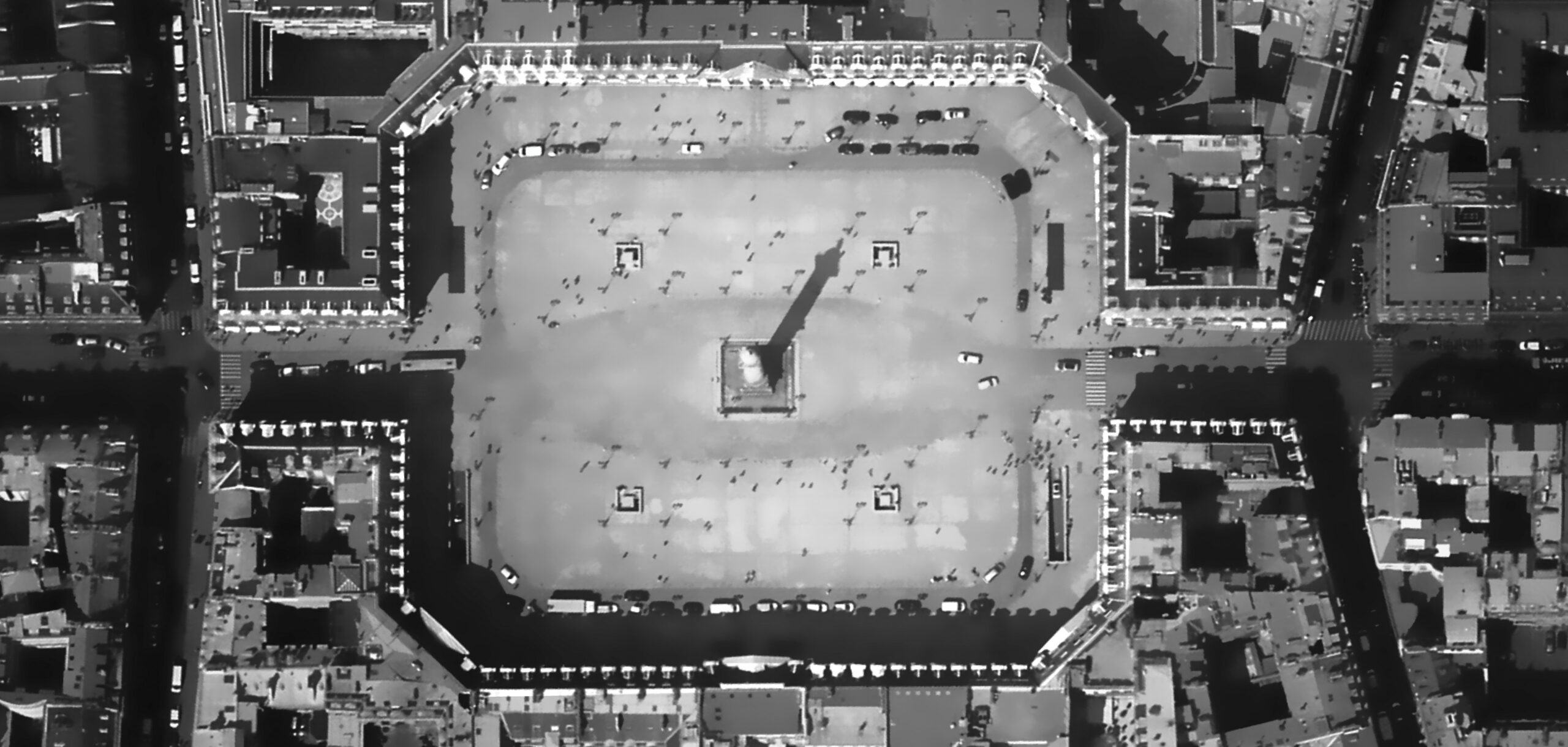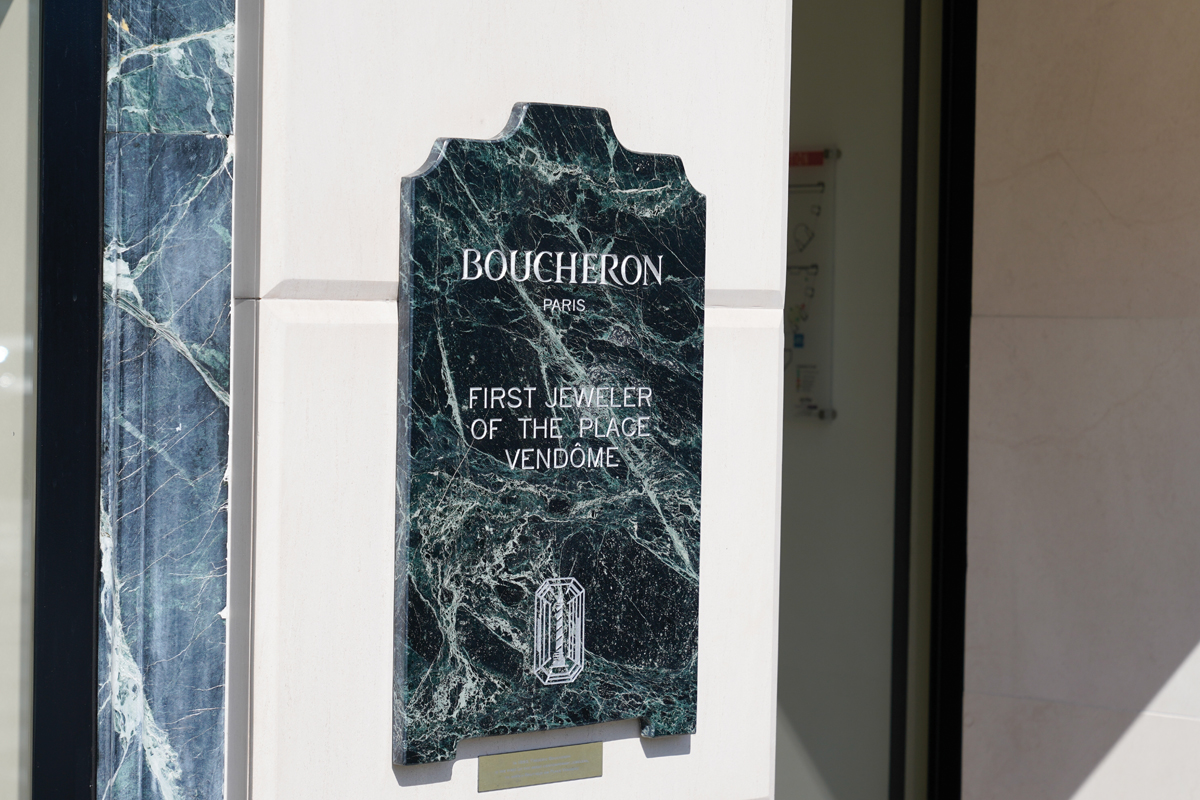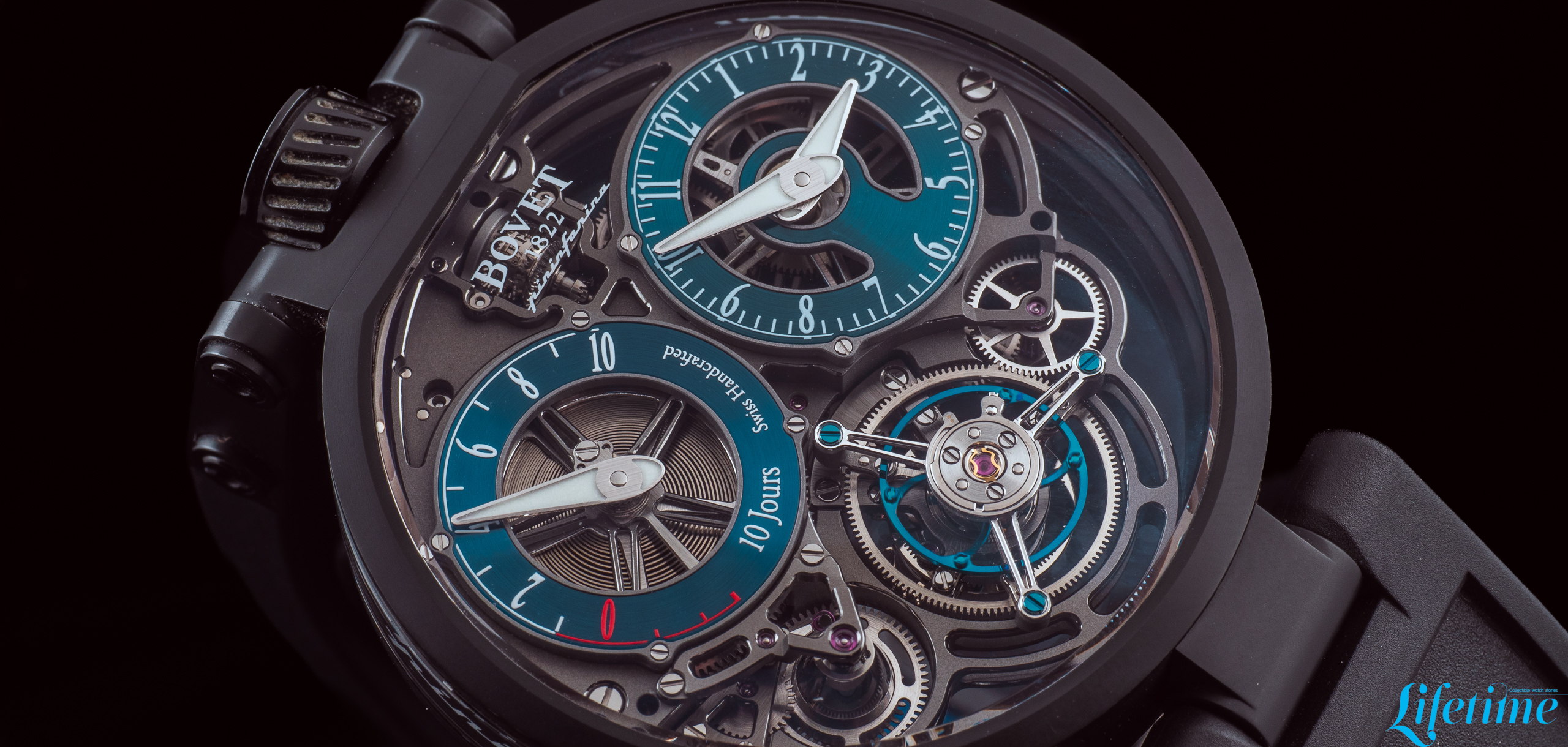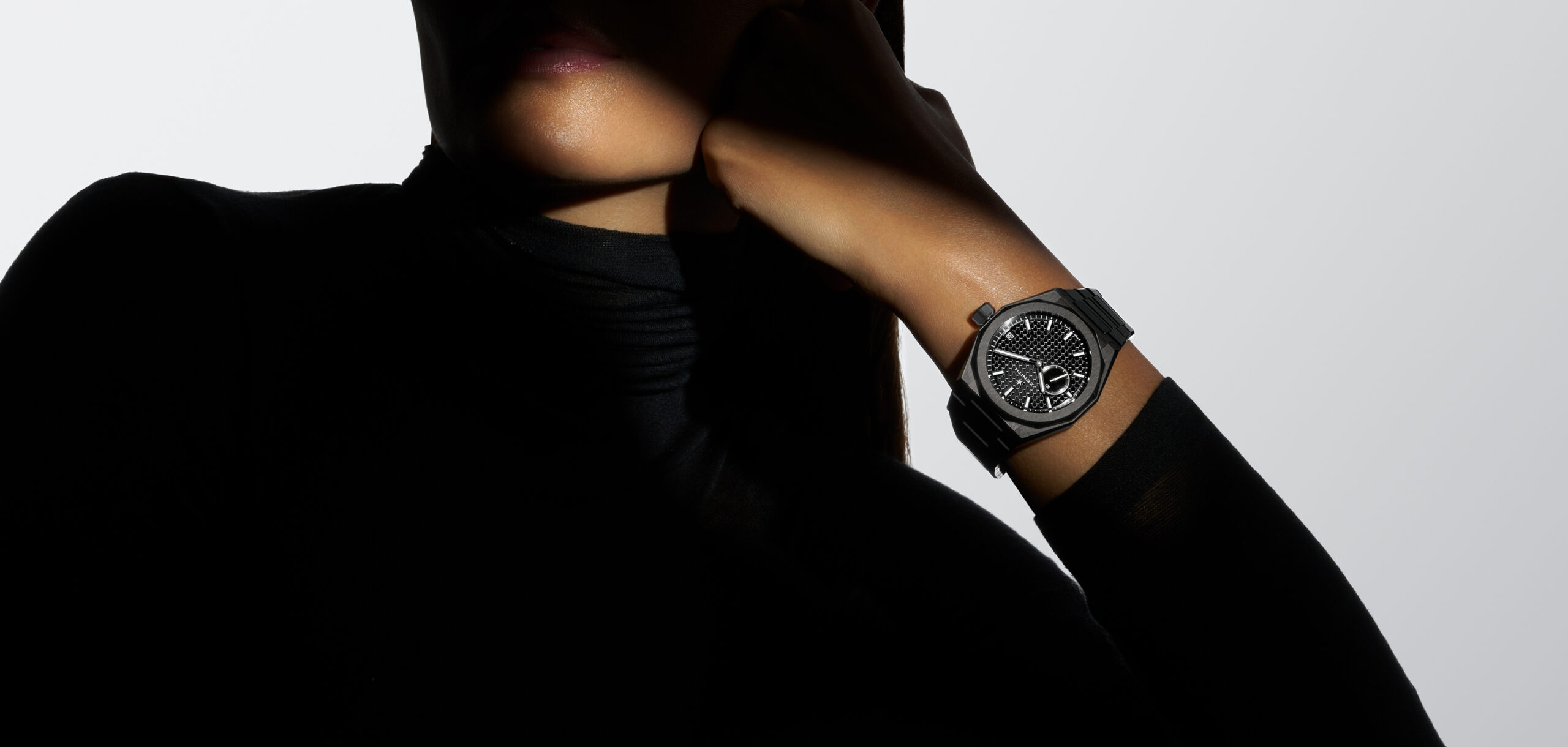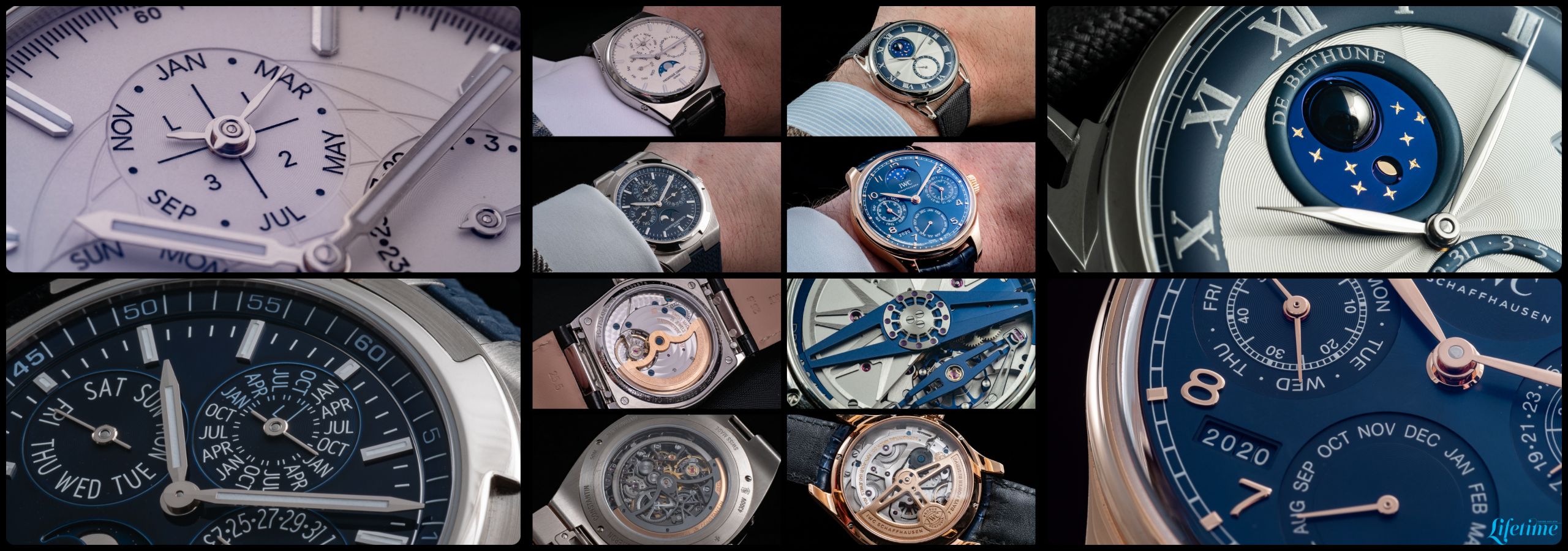Centrally located between the historic Tuileries Gardens to the south and the rue des Capucines to its north, Place Vendôme in the 1st district of Paris is an absolute must for those looking for high-end watches and jewelry.
Rue de la Paix alone, leading to it from the north, is home to such famous names as Fred, Mauboussin, Poiray, Tiffany, Officine Panerai, IWC, Mellerio Dits Meller, Dinh Van, Piaget, Vacheron Constantin, Blancpain, and at n° 13, Cartier, established there in 1898.
On the south, rue Castiglione and rue Saint Honoré accommodate prestigious fashion houses, perfumeries, more jewelers, and goldsmiths. As for the Place itself with its symbolic “Vendôme column”, it is home to many of the most celebrated horology and jewelry brands in the world.
It was, of course, created long before any of these companies existed. Designed and developed between 1686 and 1698 upon the request of King Louis XIV as part of a town-planning program, it was Jules Hardouin-Mansart, a contributing architect to the grounds of Versailles, who gave the Place its octagonal shape, along with the façade structures now designated as historic monuments. And to “display the magnificence of the King’s reign”, it showcased a monumental bronze equestrian statue of Louis XIV set in the center for the inauguration in 1699. Initially called Place Louis le Grand, its name today comes from the Duke de Vendôme’s townhouse that was located there.
The Place has in fact had several names, directly related to socio-political events. One of the names was Place des Piques…
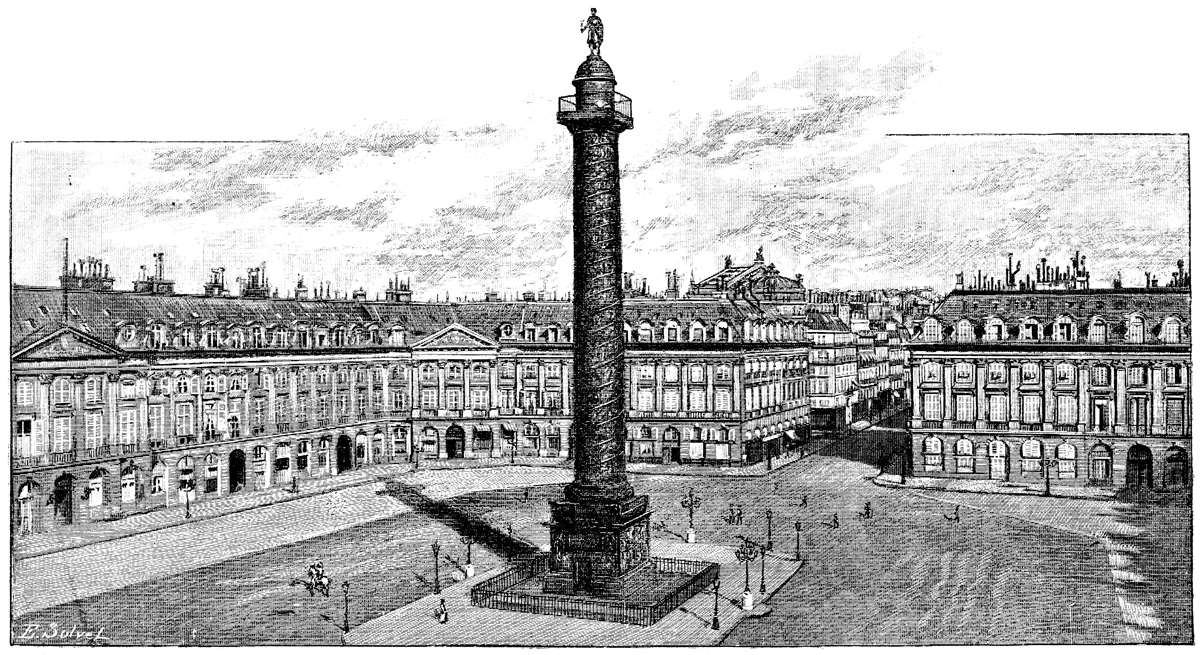
Due to royal overspending, the lots behind the façades, originally intended to house a royal library, a mint house and academies, were sold to private investors and became fashionable townhouses, making the square an obvious target for revolutionaries seeking to destroy privilege.
And so, in August 1792 the equestrian statue was “removed”, and during – and following – the French Revolution, the square became known as Place des Piques, a reference to the spikes topped with… heads!, exhibited there by revolutionaries parading from the nearby Place de la Concorde and its guillotine.
After the Revolution, the new French Republic’s Napoléon I had his own column installed in 1810. Built from the melted bronze of enemy canons taken during the battle of Austerlitz, it was composed of a spiraling bas-relief of 425 bronze plates, sculpted to depict scenes from Napoléon’s victorious military campaign, and surmounted by a statue of himself as Caesar. The cubic base of the column was made of granite from Corsica, Napoléon’s birthplace.
However, over the decades, and as a result of the changing social and political circumstances – a defeated Napoléon, an occupied Paris by Russian, Austrian, and Prussian forces in 1814, Napoléon’s exile, the return of the monarchy, the arrival of Napoléon III, and the uprising of the Paris Commune – Napoléon’s statue was, in turn: pulled down, replaced with a new statue depicting him as “le petit caporal” in uniform, again taken down, and finally replaced in 1863, when his nephew Napoléon III ordered a copy of the original “Caesar” statue, the one we see today. Totally dismantled, including the bronze plates (thankfully preserved), by the Paris Commune uprising in May 1871, it was entirely re-erected in 1874. And has been standing ever since. Yay!
In 1875, the Palais Garnier opera house opened nearby, travelers including royalty came to visit, and the area became fashionable with the arrival of couture houses and jewelers. Shirtmaker Charvet has been on Place Vendôme at N° 28 since 1877.
While Cartier was already established on rue de la Paix, Frédéric Boucheron was the first jeweler to install his company on the Place itself, at N° 26 on the corner of rue de la Paix, a site he chose in 1893 for its exceptional natural light.
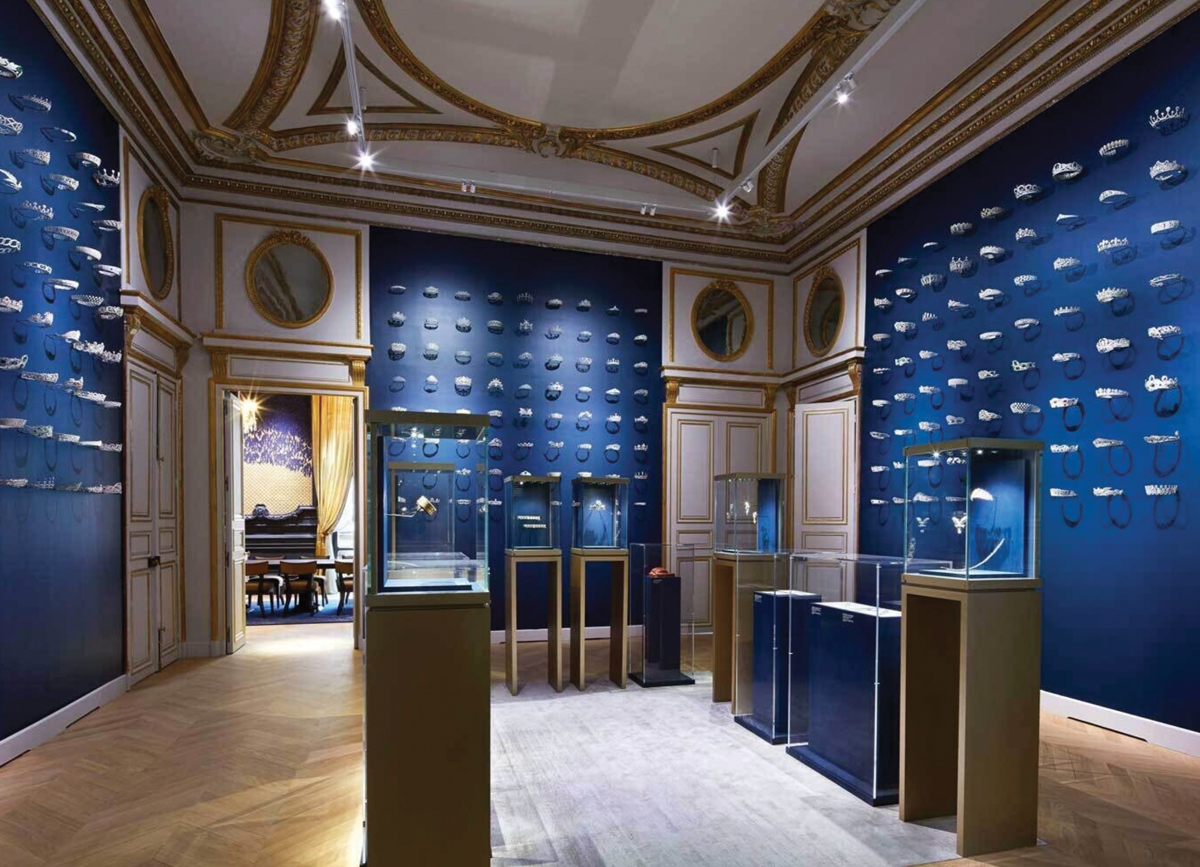

Van Cleef & Arpels set up at N° 22 in 1906, followed in 1907 by Chaumet, at N° 12. As official supplier to Napoléon and Joséphine, what would become today’s Chaumet had previously occupied, from 1812, N° 15, where the Ritz Hotel is today.
Relative newcomer Chanel Joaillerie and Horlogerie opened their boutique at N° 18 in 1991, although the company has a long history with Place Vendôme, as Mademoiselle herself lived for many years at the Ritz Hotel facing today’s recently renovated boutique. In fact, it was the octagonal shape of Place Vendôme that inspired the design of her Chanel N° 5 bottle stopper in 1921, and later, the shape of Chanel’s first wristwatch “Première”, launched in 1987.
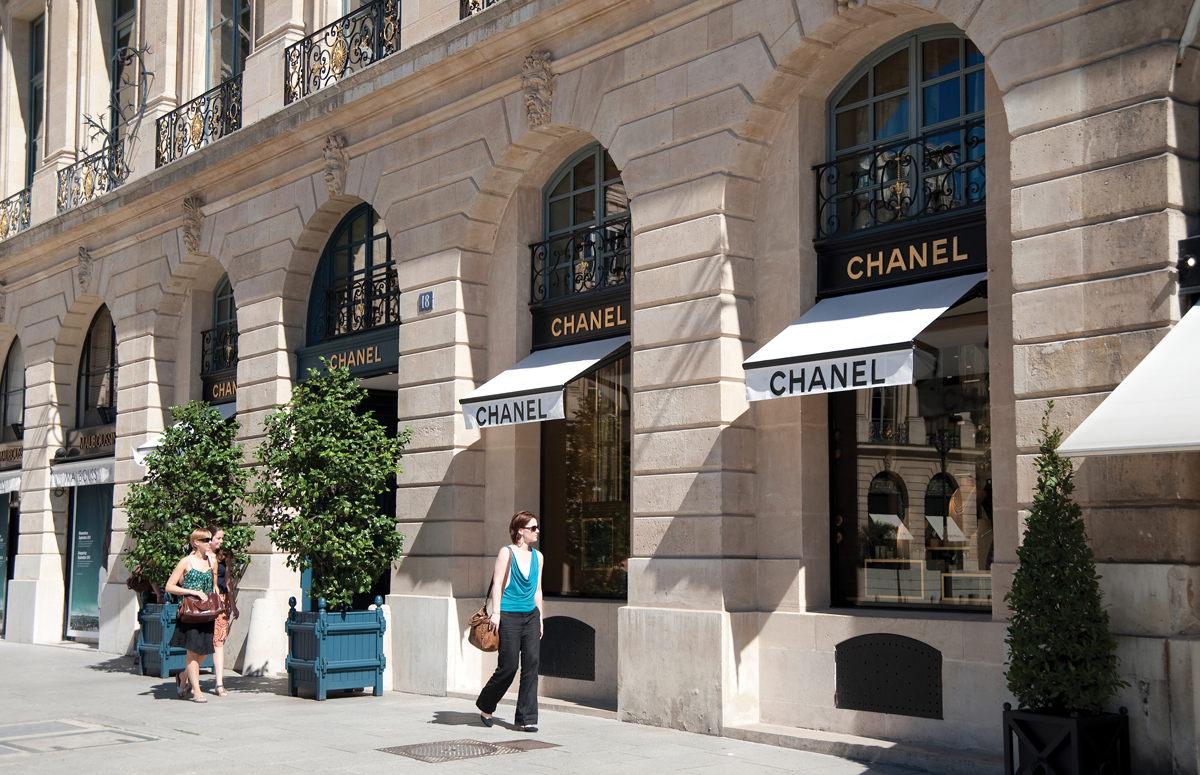
At N° 10 stands the coveted Patek Philippe Salons, and just a few doors away, at N° 6, the Boutique Breguet not only presents its latest watches, but also houses the Breguet Museum on the 2nd floor, showcasing historical pieces, instruments, and archives. Abraham-Louis Breguet invented the tourbillon during his residence in Paris, in 1801, and in 1810 made his first wristwatch, which he sold two years later to Caroline Murat, the youngest sister of Napoléon I, and Reine Consort of Naples. The Reine de Naples line still exists today.
Crossing over to the west side of the Place, the modern spacious Jaeger-LeCoultre Boutique at N°7 opened in 2012. At N° 9, we’re welcomed by Official Rolex Retailer Dubail, while at N° 13 stands the impressive Ministry of Justice.
And this isn’t all! Just imagine, on the same Place you also find Bulgari, Dior, Hublot, Louis Vuitton, Grand Seiko, Chopard, Mikimoto, Graff, Repossi, Gucci, second boutiques for Cartier, Piaget and Blancpain, and more. A luxury shopper’s paradise…
For the ultimate visit to Place Vendôme, if you don’t stay at the famous Ritz Hotel at N° 15, please try to at least dine, swim, or have a coffee there, where Coco Chanel lived and Marcel Proust and Ernest Hemingway were “regulars”. After it was closed in 2012 for four years of renovations, owner Mohamed Al-Fayed invested 200 million Euros to install ‘facilities’ to bring it up to the standards expected by Louis XIV, Napoléon I, and you.

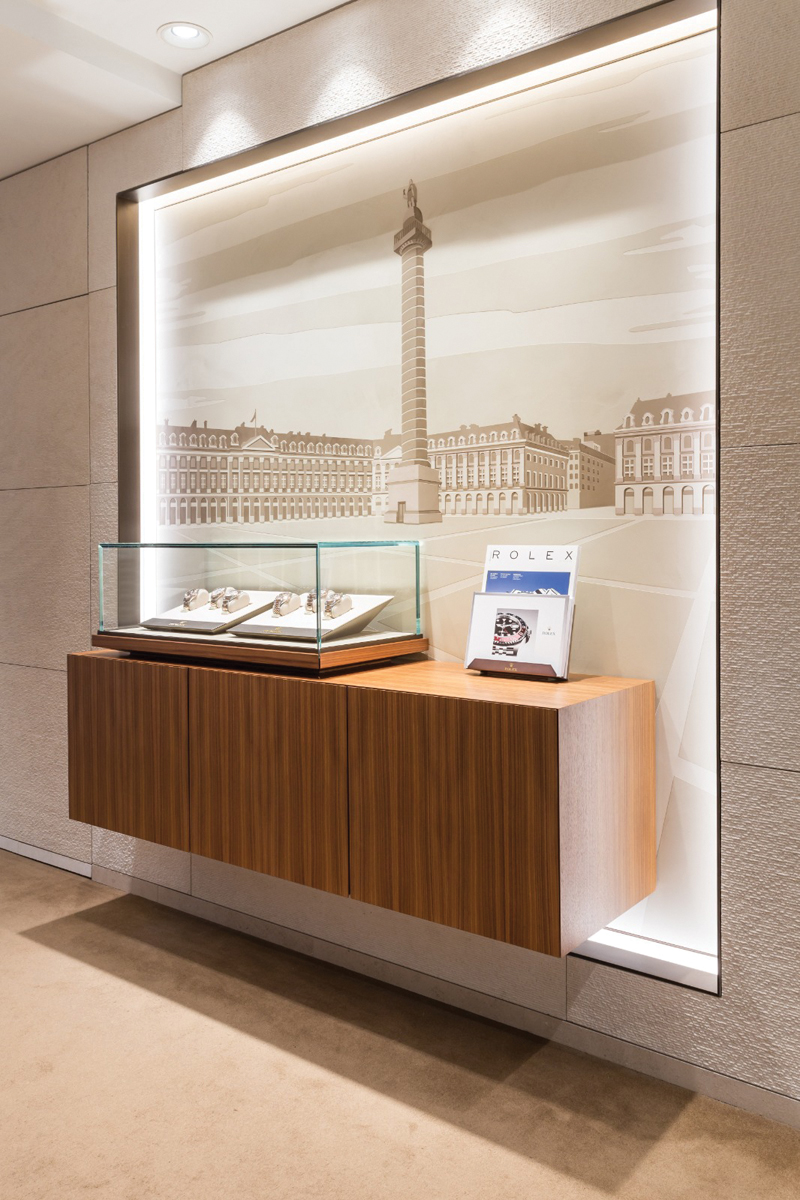
Share this article
LEAVE A COMMENT
You must be logged in to post a comment.
